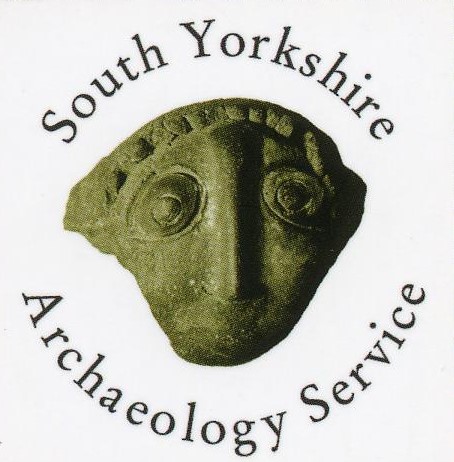Don Works Cementation Furnaces
Location/Address
Savile House, Savile Street, Sheffield
Type
Other site, structure or landscape
Assets that cannot fit any of the other categories. This category includes sites of archaeological interest, where the original form and function may not be apparent without the use of archaeological techniques and interpretation.
Description
In situ remains of two well stratified and well preserved furnaces and industrial deposits, associated with the former Savile Works (later Union Forge) which was founded in the first half of the nineteenth century.
Statement of Significance
Asset type
Preserved archaeological site.Age
The cementation furnaces date to the nineteenth century, possibly as early as 1838.Rarity
The remains at the site were specifically curated for preservation in situ. Cementation furnaces were introduced into Sheffield in the early eighteenth century, with over 200 present by 1860, and the last built c.1880. Very few now remain, with most standing examples statutorily designated. Buried remains have also been subject to great loss owing to subsequent redevelopment on former industrial sites within the centre of Sheffield.Group Value
Research has confirmed that crucible and cementation furnaces were particularly associated with Sheffield and its environs, with innovation and development of the technology directly contributing to the city's international pre-eminence of reputation in the manufacturing of quality metal goods. The survival of important steel making structures at this site preserves evidence of this important technology and forms part of an important curated group of remains across the city that have been identified for preservation in situ.Historic Interest
Whilst development at the site potentially dates back to c.1800, steel manufacture and tool making was introduced when the works were taken over by the newly formed partnership of Spear and Jackson in c.1837. The company left the premises in c.1880 when the furnaces were demolished and the works renamed the Union Forge. Whilst less notable, Union Forge were one of the last works in the country to use steam-powered hammers. The site is of historical interest, deriving from its association with Spear and Jackson, who have gone to become a household name, and as representative example of an important Sheffield industry.Archaeological Interest
The remains have the potential to contribute to topics identified in the South Yorkshire Historic Environment Research Framework including improving understanding of the relationship between existing and emerging technologies; innovation in steel-making and tool production; the development of large-scale industrial concerns; and the potential evidence of undocumented or poorly documented industrial processes.Landmark Status
Whilst now situated within a car park, the site is identified by an interpretation panel aiding the recognition of the site and an understanding of its importance.Images and Documents
Date Listed
15 Aug 2022
Last Updated
21 Jun 2022
Comments and Feedback
Do you have any questions or more information about this record?






.png)

